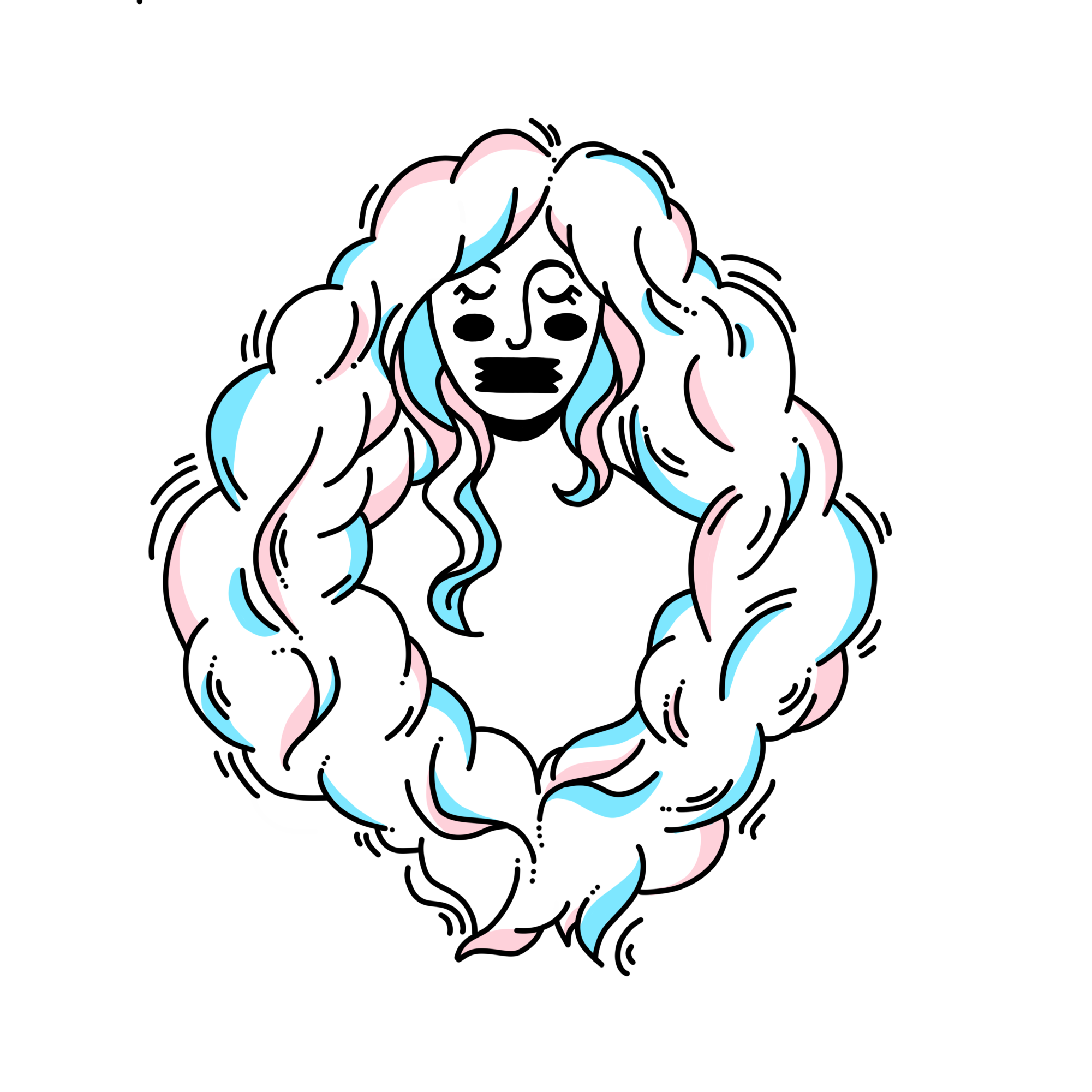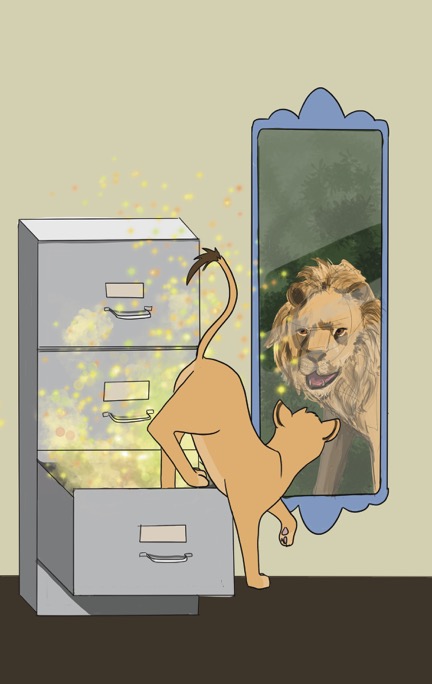Quick! Name one famous historical male … okay now a female. This was probably easy and simple; you can name dozens if not hundreds of people for both categories. Now name one famous transgender person from history. You probably can’t; this is not surprising as transgender people have been constantly and cyclically erased from history and academia. Despite transgender people existing in every century and documented in nearly every continent, we simply do not exist in people’s minds. This process continues today as transgender people’s work disappears from academic libraries and their contributions are often overlooked in mainstream narratives. Transgender people have a long history that intertwines with our past, shaping our narratives and experiences.
The historical erasure of transgender people portrays us as a new phenomenon, rather than acknowledging our enduring presence throughout history. Erasing my history allows others to use my “newness” to pass exploitative laws that harbor resentment. For many, transgender people came out of nowhere and required corrective societal measures to counteract this massive influx. Conversations about my rights and existence would be fundamentally different if we had a visible past, rather than being treated as some new abomination or intrusion on the “ accepted” collective history. Trans people have existed within past societies.
This type of historical erasure is too common and even affects representations of disabilities and queer sexuality. The goal of this erasure is to deny the existence of trans people, reinforcing the idea that there currently is no need for them and that they have no place in the future.
This tactic works. When I first started realizing that I am a trans woman, I felt alone. In public representation, there was no one like me and there weren’t accessible representations of transgender people in the past. I felt like I had no history to place myself in despite the existence of long and complex histories that were buried away from me. This is not an uncommon experience and most trans women who are out report feelings of isolation or other “I’m the only one” rhetoric. Having a history for us that isn’t buried, or even a simple “there were other trans women before you,” can fundamentally change the way trans people think about themselves. Having a history is a critical part of an individual’s existence and position in society and my history has been erased and imitated.
Transgender history, at best, presents itself as a history of medicalization and changes within the medical process for transgenders, though relying on only the medical history for my source of past is still not enough. Narratives often center on transmedicalism, the belief that transgender problems and solutions only exist within the medical sphere, for transgender people to find stasis around. Transmedicalism is frequently inaccessible, expensive and for some non-preferable.
This belief highlights medical transitioning as the “correct” way to be trans (there of course is no correct way). Only centering histories within transmedicalism creates a problematic ideal for trans people where a medical route becomes the only route, especially to locate yourself in history. Transmedicalist has its own host of problems that are long, complex and equally storied but having it be the only history is a poor way to conceptualize transgender people. Transgender people have faced routine erasure and destruction, even within the medical community. Most notably, the Nazis intentionally targeted and destroyed transgender care and research, which included the leveling of the first gender-affirming clinic in the world.
Transgender people have no accessible history, and struggle to find themselves in the present. Centering current transgender stories actively is crucial not only for the future existence of transgender individuals but also for the integrity of academia and history. Trans people have long been a small community of storytellers sharing their own experiences for others to attach to and interpret their world through. While trans people have no visible history and suffer because of it, the community tells its own stories. The existence of transgender people, despite efforts to erase our history, affronts those who wish we didn’t exist.
Existence is always resistance for trans women and history is no exception.




